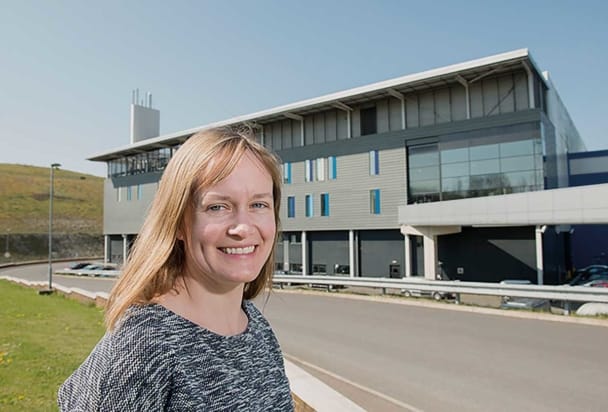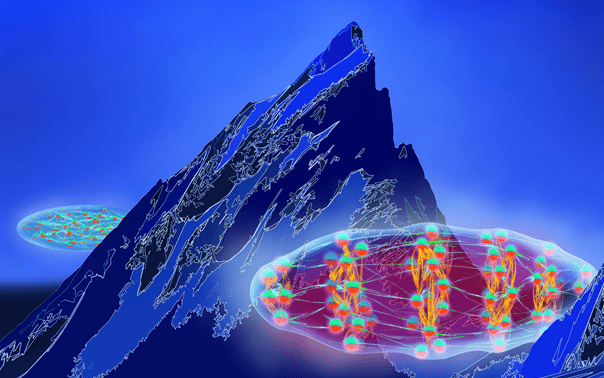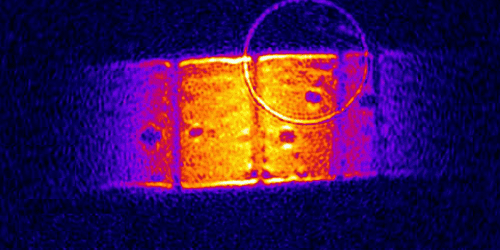

Experiments that probe the exotic behaviour of matter at ultralow temperatures depend on the latest cryogenics technology. This special collection explores the tools and techniques used at cryogenic temperatures, as well as some of the latest research in low-temperature physics.
Most sources of helium are discovered by accident, but geoscientists are developing new ways to find this incredibly useful element

How a small engineering firm expanded to develop scientific instruments for vacuum, ambient and cryogenic conditions

Quasiparticles detected in cigar-shaped optical trap

Chiral domains in helium-3 emerge spontaneously

Harvard physicists Isaac Silvera and Ranga Dias claim they made metallic hydrogen, but other remain unconvinced. Jon Cartwright explores both sides of the argument
Electronic properties can be changed by misaligning two graphene sheets
Ultra-clean observations could lead to topologically-protected quantum computers
Microscopic drum cooled below quantum limit
Spins in Bose-Einstein condensate oscillate in unison
Nanostructures remain crucial both in attempts to better understand superconductivity, as well as efforts to apply it
A century after its discovery, Paul Michael Grant explains why superconductivity still confounds and baffles us today
Laura H Greene calls for a global collaboration in the search for new high-temperature superconductors